Comprehensive Guide to Cervical Spondylosis
Cervical spondylosis is another word for neck arthritis. It is an age-related condition that occurs with age and affects the joints in the neck. Due to wear and tear of cartilage, the corresponding joints feel pressurised and as a result, pain establishes in your neck.
The other symptoms are muscle weakness, shoulder blades, stiffness in the neck and headaches. There are many home remedies and treatments available for curing cervical spondylosis.
Now we will discuss cervical spondylosis symptoms, diagnosis, and Prevention
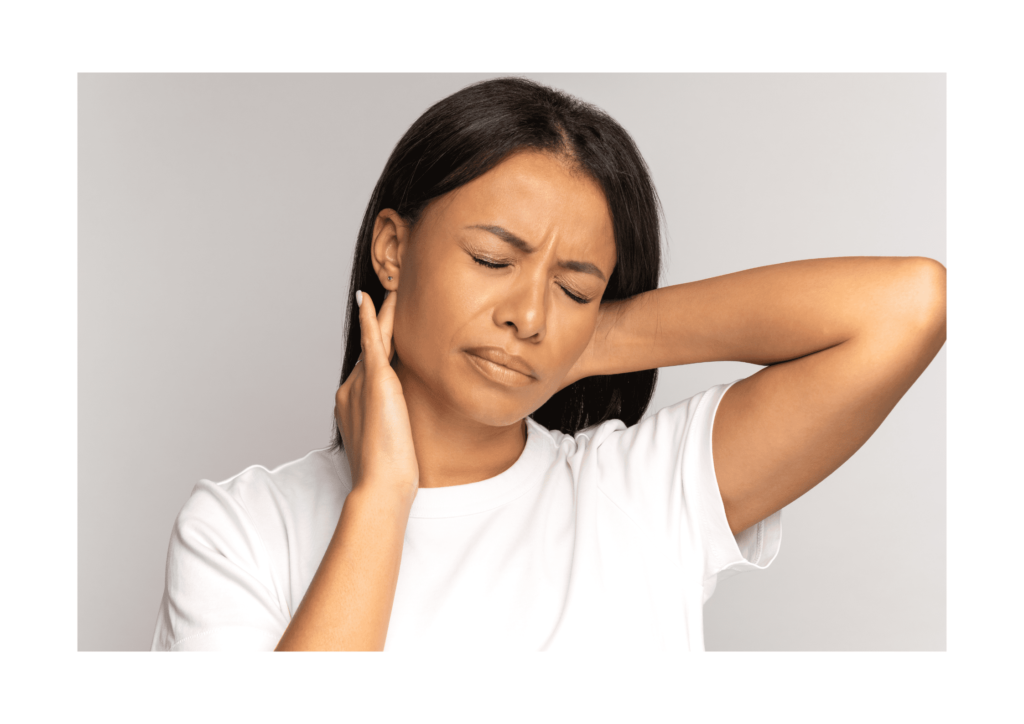
Causes of cervical spondylosis
The following are the common causes of cervical spondylosis
- Neck Injury.
- Occupations which involve heavy lifting.
- Herniated discs or ruptured discs.
- Bone spurs which occur due to cartilage degeneration.
Symptoms of cervical spondylosis
The most common cervical spondylosis symptoms are
- Neck pain or neck stiffness.
- Muscle spasms.
- Headache.
- Grinding sensation when your neck moves.
- Soreness in the neck.
- Pain in arm, shoulders and neck.
Diagnosis of cervical spondylosis
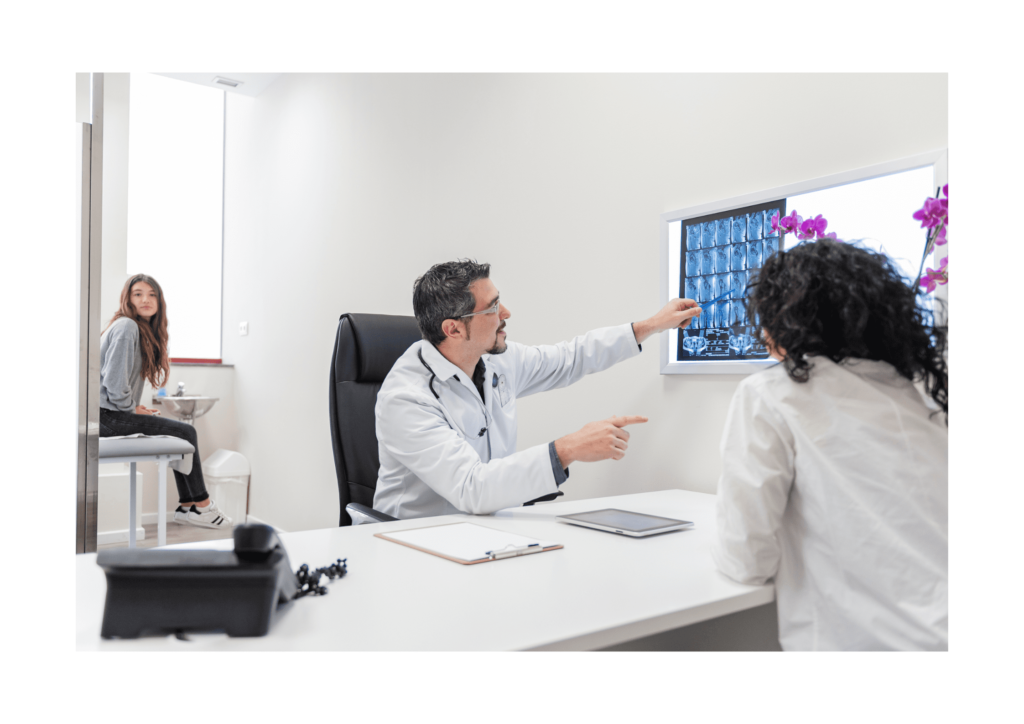
The following tests are conducted as a part of cervical spondylosis diagnosis.
X-Ray Imaging – This test is recommended to examine any abnormal spinal bone growth and bone spurs.
Computed Tomography (CT) Scan – This test is recommended to get clear images of the cervical spine region.
MRI Scan – This test is recommended to examine if any pinched nerves are present.
Myelogram – This test is performed to get clear images of the cervical spondylosis-affected areas.
Understanding cervical spondylosis
Anatomy of neck and spine
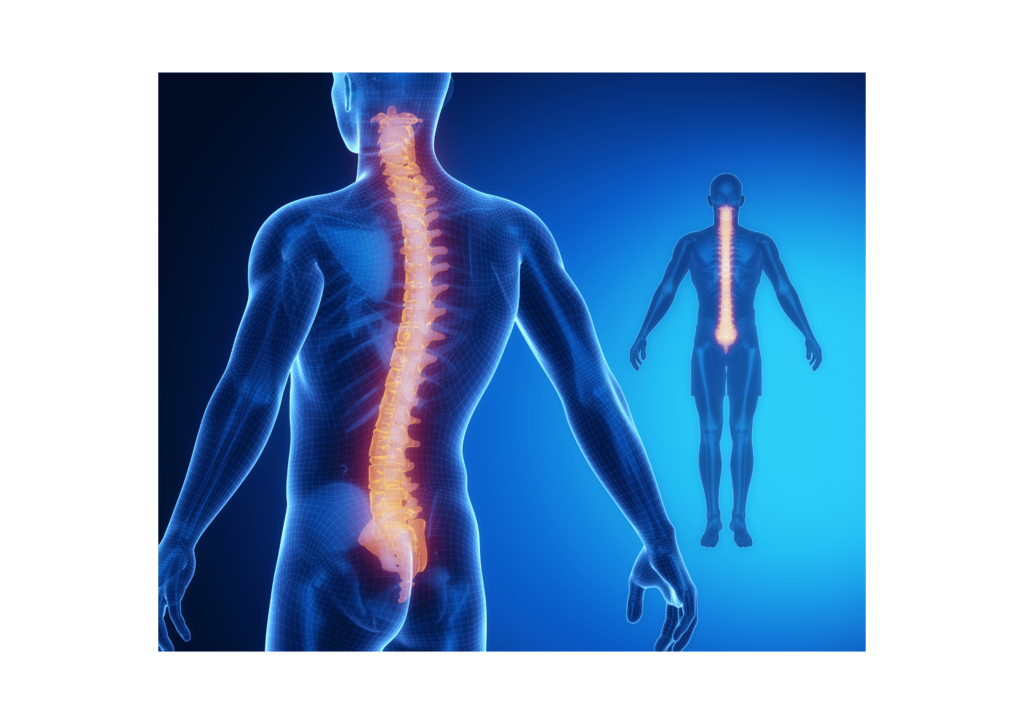
The cervical spine is both remarkably robust and flexible, enabling the neck to move in all directions. The cervical spine is delicate housing the spinal cord that transmits signals from the brain to govern every body element.
The cervical spine comprises seven stacked vertebrae or bones and is numbered C1 through C7. The cervical spine top is connected to the skull and the cervical spine bottom is connected to the upper back.
The role of intervertebral discs
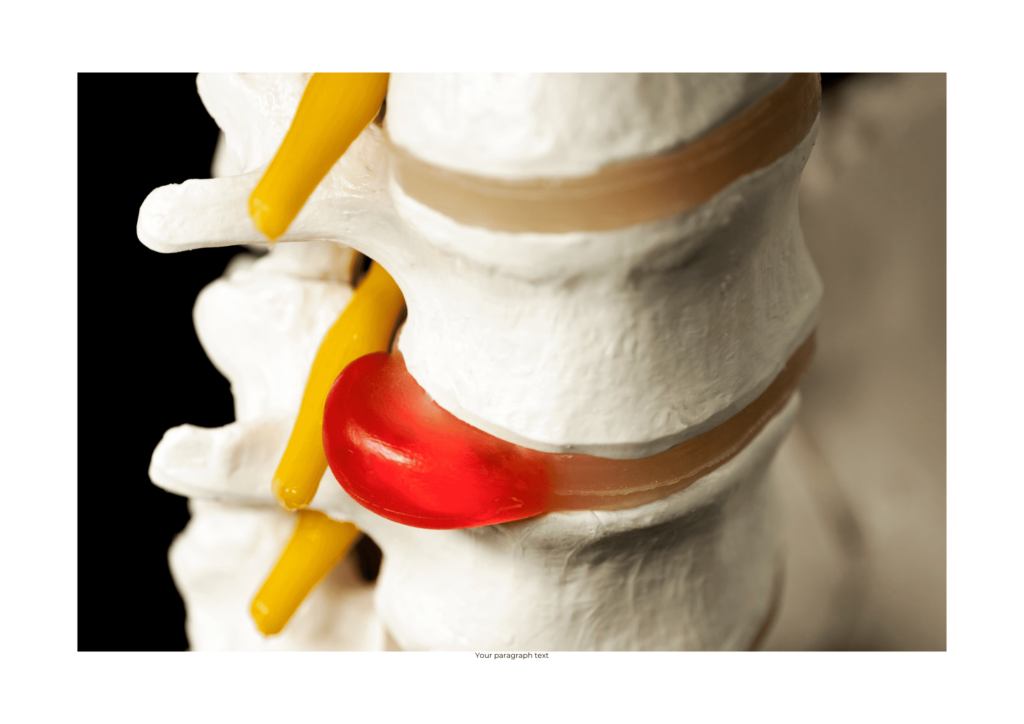
The intervertebral discs play an important role in the proper functioning of the spine. The intervertebral discs separate the vertebrae and act as a cushion absorbing the shocks.
Changes that occur with cervical spondylosis
When we get older, the joints and discs in the cervical spine region degenerate slowly. This condition is called cervical spondylosis. cervical spondylosis results in stiffness and pain in the neck region.
Types of cervical spondylosis
Cervical spondylosis can be classified into three types.
- Cervical radiculopathy
- Cervical myelopathy
- Axial joint pain
Treatment options for cervical spondylosis
Lifestyle modifications
You can get rid of cervical spondylosis pain by considering a few lifestyle modifications like daily stretching, improving your posture and avoiding lifting heavy items.
- Medications
The following medications are administered for treating cervical spondylosis.
- Narcotics.
- Non-steroidal drugs.
- Muscle relaxants.
- Certain homoeopathic medicine and antidepressants.
- Physical therapy
Physiotherapy for cervical spondylosis is a fantastic approach to relieve pain when cervical pain symptoms appear.
The exercises for cervical spondylosis can be learned with the aid of a qualified physical therapist. Exercises for cervical spondylosis help to stretch and strengthen the neck and shoulder muscles.
- Chiropractic treatment for cervical spondylosis
Chiropractic treatment is one of the common treatments for cervical spondylosis. This treatment draws attention because of the fact that it is non-invasive and doesn’t involve dangerous medications.
The chiropractor may also utilise massage to assist reduce pain and stiffness in addition to spinal manipulation. In addition, he or she might advise relaxation, stretching, ice or heat, a change in lifestyle, or even nutritional adjustments.
- Acupuncture
A patient with cervical spondylosis who receives acupuncture finds it effective in lowering pain and improving neck function.
Studies and research projects aim to evaluate the effectiveness and safety of needling at delicate acupoints to treat cervical spondylosis.
- Surgery
Despite the fact that cervical spondylosis is a chronic disorder and patients may have to endure significant pain for extended periods of time throughout their lives, the condition does not worsen.
Doctors only recommend cervical spondylosis surgery in exceptional circumstances when other treatments fail to relieve the symptoms.
If a person experiences a progressive loss of function in their arms, hands, or legs, surgery may be necessary to correct the problem at the source.
Prevention and management
Exercises and stretches
The following exercises can be done at home to reduce cervical spondylosis pain.
1) Neck tilts
This exercise is performed by tucking your chin towards your chest. This helps in stretching your neck muscles.
2) Side-to-side neck tilts
This exercise is performed by tilting your head sideways. The neck muscles are tensed and pain is relieved.
3) Neck turn
This exercise is performed by sitting on a chair, with the spine straight and turning your head towards the right side. The same exercise can be performed on the left side as well.
Posture correction
Proper posture is very important for maintaining the health of our spine and preventing early degeneration which causes cervical spondylosis. Always keep your shoulders back and down while seated.
The back should be straight. Make sure the top of the screen is at eye level when working on a laptop or desktop.
use a firm mattress and pillow when you sleep. When standing for an extended amount of time, distribute your weight evenly across the two sides.
Ergonomic adjustments for preventing cervical spondylosis
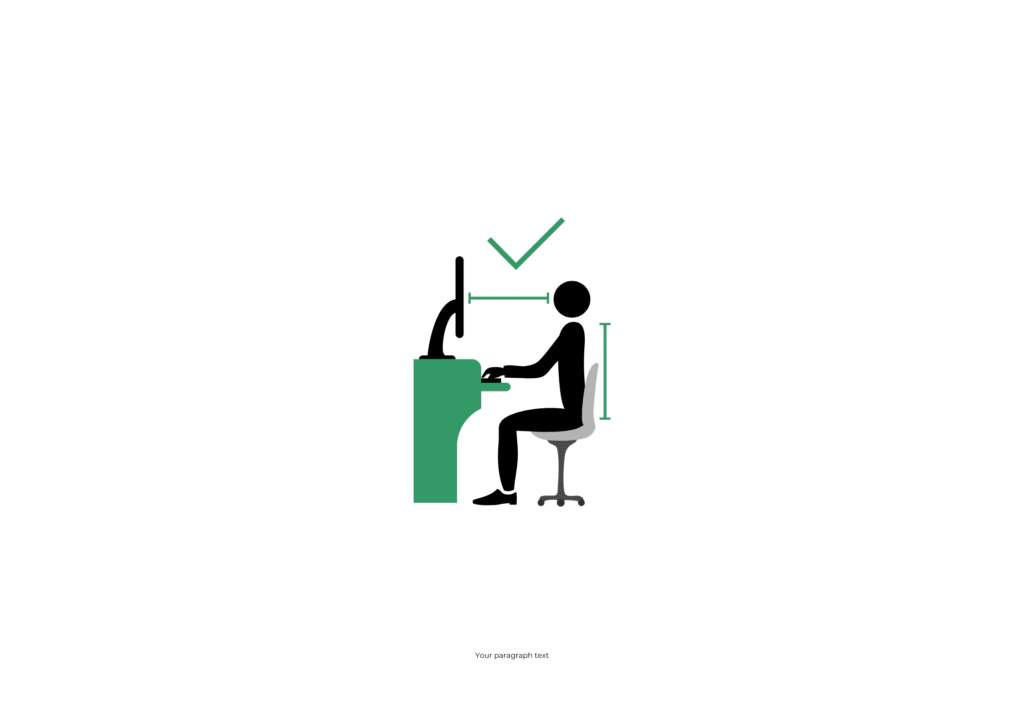
While working on a Computer,
- Make sure your back is 90 degrees to the surface you sit.
- Make sure your feet touch the floor instead of dangling in the air.
- Make sure your knee’s position is at 90 degrees angle.
- Make sure that your eye level is near the top of your computer screen.
- Take short breaks in between for every 2 hours.
Complications of cervical spondylosis
- Nerve compression
Cervical radiculopathy is one of the complications of cervical spondylosis and a medical disorder that affects some patients with cervical spondylosis due to the ongoing pressure placed on the spinal nerves.
- Spinal stenosis
When left untreated for a significant amount of time, cervical spondylosis can become spinal stenosis, a condition in which the spinal canal is compressed.
- Permanent disability
if the vertebrae continue to be damaged due to cervical radiculopathy and spinal stenosis, Patients’ everyday routines may be affected and they become too weak to walk or do their chores on a regular basis.
- Long-term outlook and prognosis
Most cervical spondylosis sufferers experience some chronic symptoms. These symptoms can be treated without any need for surgery.
Many persons with this issue can lead an active life by following some cervical spondylosis preventive measures. Some individuals will need to deal with long-term pain.
Faq
Sometimes cervical spondylosis causes neck-related fainting or dizziness in some of the patients.
If cervical spondylosis is left untreated, the ability to bend and movement ability is lost.
